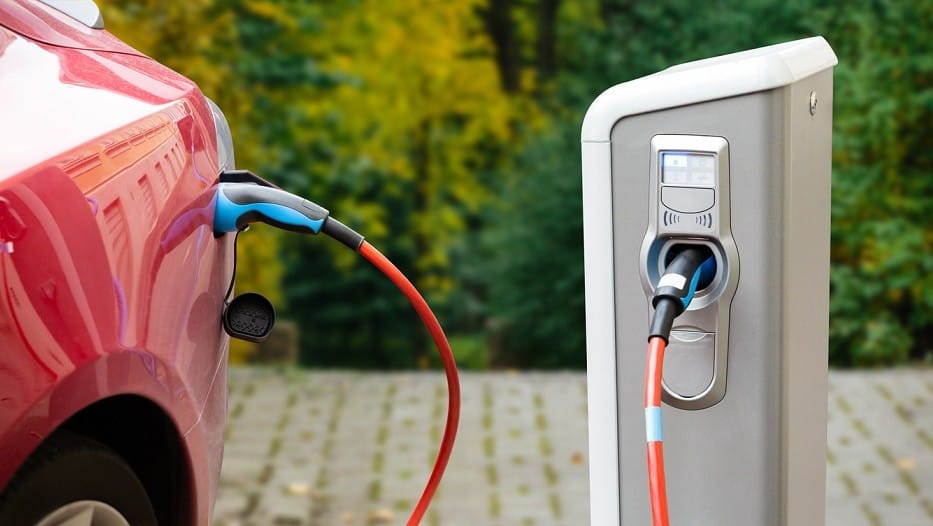Julia Maria Gomez de Avila Segade | 31/08/2023
Electric mobility has become a key alternative in the development of a sustainable economy with a low environmental impact, but it requires an infrastructure that is still in the process of expansion in Spain: electric vehicle charging stations.
Transportation and land logistics, as strategic sectors and essential activities in any economy, are undergoing an energy transition that aligns them with the global objectives of decarbonizing the planet. Among the measures taken by the Spanish Ministry of Transport, Mobility, and Urban Agenda is the development of alternative and sustainable energies for transportation, as well as the promotion of low-emission means of transportation. The use of electric vehicles is therefore a guarantor of this transformation, as we explained in a recent article analyzing its progress in Latin America. On this occasion, and with the help of Cándido García, Chairman of the National Foundation for Electric Mobility (FUNME), we talk about the challenges faced by the sector in Spain.
Tax policies as an incentive
Although they are becoming increasingly common in large cities, both in public transport and among users traveling in the urban environment, electric vehicles do not yet represent a significant portion of the transportation landscape in Spain. “Right now we are in a near-starting spot,” says the FUNME Chairman. “It’s difficult to say this when I’ve been in the sector for ten years, but we are an underdeveloped country in electric mobility and the one that has introduced the fewest electric vehicles in Europe.”
To boost development of the sector, initiatives are starting to be shared that have had remarkable success in other regions, such as Norway, which became a leader in the industry thanks to very favorable tax policies. In Spain, the purchase of electric vehicles has increased considerably thanks to State aid, with the latest initiative being the “€3,000 credit and a 15% tax deduction on personal income tax on the tax return for the year following the purchase of the vehicle.”
The user profile in Spain has been changing along with the evolution of vehicles and charging centers. “Previously it was the typical urban citizen, but now we are finding users who have to travel between 50 and 150 kilometers to work every day and see a perfect ally in the electric car, as the great savings it represents at the end of the month wins in all comparisons with other types of vehicles,” the expert says.
Network of electric charging stations
Encouraging the daily use of electric vehicles would serve not only to increase business in the sector, but also serve as an example to other users who can see that low-emission mobility is perfectly compatible with daily needs, which are quite demanding in the Spanish way of life. The lack of benchmarks and poor maintenance and charging infrastructure are two major barriers holding back the deployment of electromobility. “We are used to having one vehicle for everything, so the potential buyer is put off by the lack of charging points on the road,” FUNME admits.
The Spanish territory does not have enough charging points and the existing ones are underutilized, as only around 4% of their capacity is exploited. Cándido García insists that, in any case, they must continue to be “visible and operational” and is confident that “in the next two years, we will see a significant change in this aspect on our roads.”
In order to determine the network of electric charging stations needed to boost electric mobility in Spain, the sector is looking to the European Union. “We have already had certain minimums set in a law passed last July, which states that there must be charging points every 60 kilometers on major roads with a minimum power of 150 kW per charger and a minimum power of the charging HUB of 400 kW,” the expert explains, adding that this measure must “be in operation in 2026.” Although FUNME does not believe that the target will be met, they are confident that “1/3 of this minimum will be achieved, which would be enough for electric mobility to make a significant change and renew a large part of the Spanish vehicle fleet.”
Positive outlook for electric charging stations
Although electric mobility has not yet been established in the country, Spain has a major strength to achieve its success: the electric grid and renewable generation capacity. Moreover, and with a view to advancing in storage innovation and development —a basic aspect for the success of the industry—, it has one of the most significant lithium deposits in Europe, an essential material for the production of batteries.
With regard to the roadmap set out by the sector to ensure that the promising future prospects are successfully fulfilled. This would include:
- The construction of several battery factories for electric vehicles.
- Production of many car models.
- Continuation and improvement of aid for the purchase of electric cars, and the installation of charging points (private and public).
- Improved experience and use of existing chargers, with a requirement to have the necessary power and an affordable payment method.
Although these measures will involve an investment effort and an adaptation of society to new transport models, FUNME is convinced that the advantages will be more than compensated both environmentally and economically. “Any change is difficult, but the electric vehicle can be the economic engine of a recovery that, following the pandemic we have suffered, will serve to generate thousands of job positions,” he concludes.
Contributor to this article:

Cándido García, an industrial electronics engineer, is Chairman of the National Foundation for Electric Mobility in Spain and director of MQE (Más que eléctricos). He is also a business manager at Hellonext Spain.





